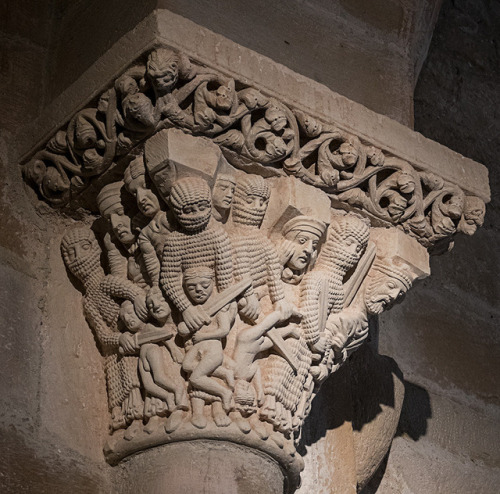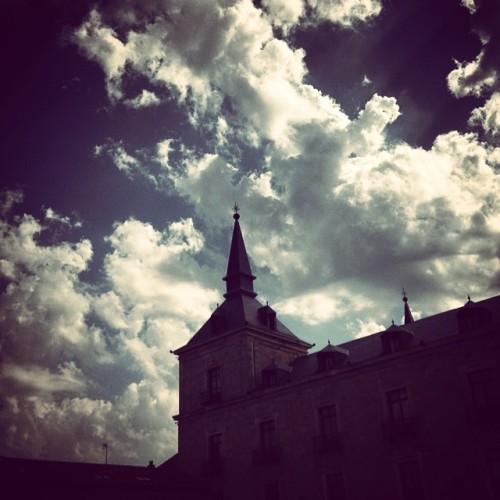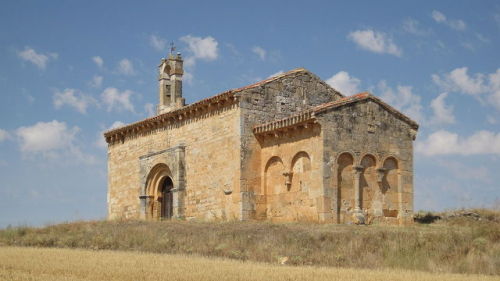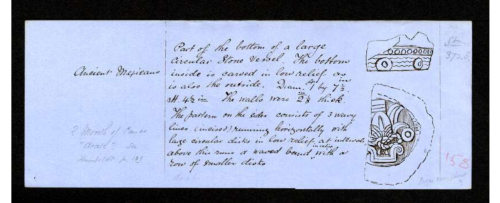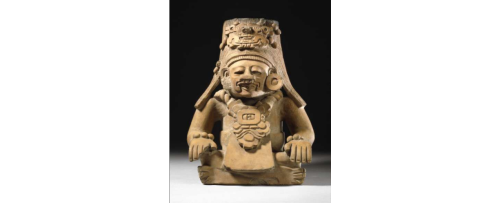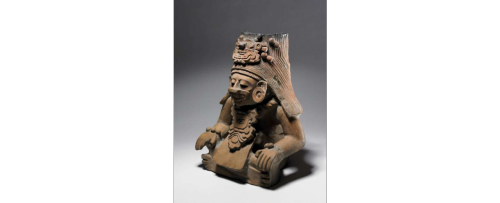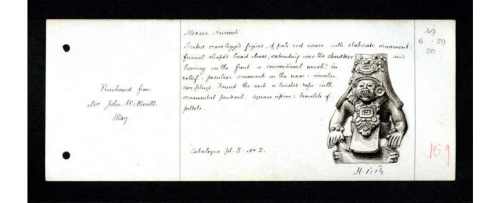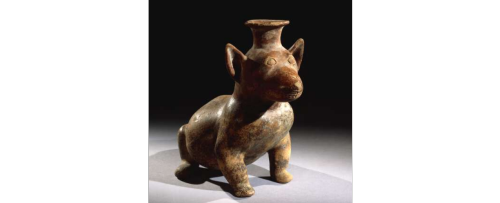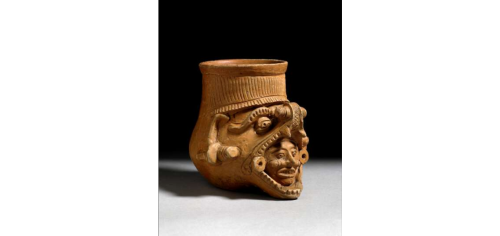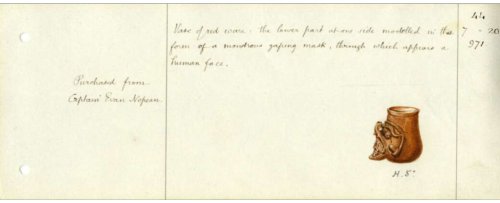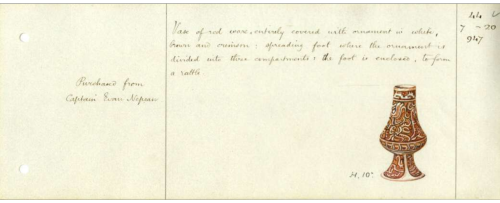#historia
vessel
Cultures/periods: Aztec
Findspot: Mexico
Provenience unknown, possibly looted
Part of base of circular vessel, made of stone; with relief carving interior and exterior.
Post link
vessel; figure; funerary urn
Cultures/periods: Zapotec
Production date: 200 BC - AD 800
Findspot: Oaxaca
Provenience unknown, possibly looted
Pottery offering vessel or funerary urn in the form of a human figure, probably an ancestor, seated cross-legged; funnel-shaped headdress extending over the shoulders; nose ornament; circular earplugs; round the neck a twisted rope with ornamental pendant.
McEwan 2009
Funerary urns representing revered ancestors were buried with deceased rulers in tombs surrounding the central plaza of the Zapotec capital, Monte Alban. The seated figures wear masks and headdresses embodying supernatural forces and beings such as the storm or thunder gods. Some are identified by year signs and name glyphs taken from the 260-day ritual calendar that are displayed on the chest ornament. The tombs were visited repeatedly over many generations as the focus for royal ancestor worship. Offerings of burning incense, fresh blood, chocolate and fermented “pulque” were made to entreat the ancestors to intercede favourably in human affairs.
Post link
vase
Cultures/periods: Post-Classic
Production date: 900 - 1521
Findspot: Isla de Sacrificios
Provenience unknown, possibly looted
Post link
vase
Cultures/periods: Colima
Production date: 300 BC - AD 300
Findspot: Colima
Provenience unknown, possibly looted
Hollow pottery figure representing a dog; slipped.
Post link
vase; vessel
Cultures/periods: Post-Classic
Findspot: Isla de Sacrificios
Provenience unknown, possibly looted
McEwan 1994, p.32
‘A human emerging from the jaws of a serpentine dragon is a recurring image in Mesoamerican art. Among their many other connotations, snakes were seen as a metaphor for the umbilical cord connecting new life on the earthly plane with the hidden, spiritual sources of creation. Such images, therefore, evoke ancestral connections and call attention to the threshold dividing the human domain from the invisible but ever-present ancestral spirits.’
Post link
tunjo
Cultures/periods: Muisca
Production date: 600-1600
Findspot: Colombia
Provenience unknown, possibly looted
Vila Llonch 2013
Tunjos, or votive offerings, were placed by Muisca people across their territory, under special landmarks such as rocks and trees, and in caves, rivers and lakes – places believed to be gateways to different worlds. Tunjos usually depict male and female figures, animals, as well as groups and scenes, all providing a window into Muisca life and rituals. Muisca artisans left the figures unpolished, and did not mend mistakes made in the casting process. These were not objects of beauty to be admired, but their imagery and the metal itself were important in communicating with the supernatural.
Post link
vase; vessel
Cultures/periods: Post-Classic
Production date: 900 - 1521
Findspot: Isla de Sacrificios
Provenience unknown, possibly looted
Vase, vessel (with rattle) made of pottery.
Post link
Cómo construir una escena.










